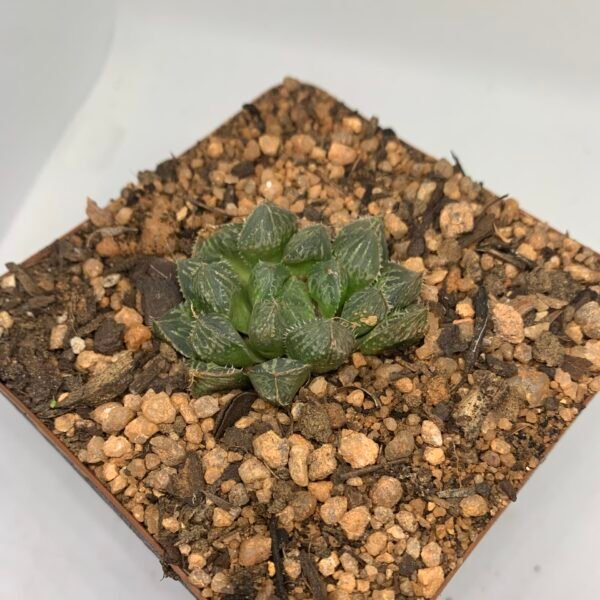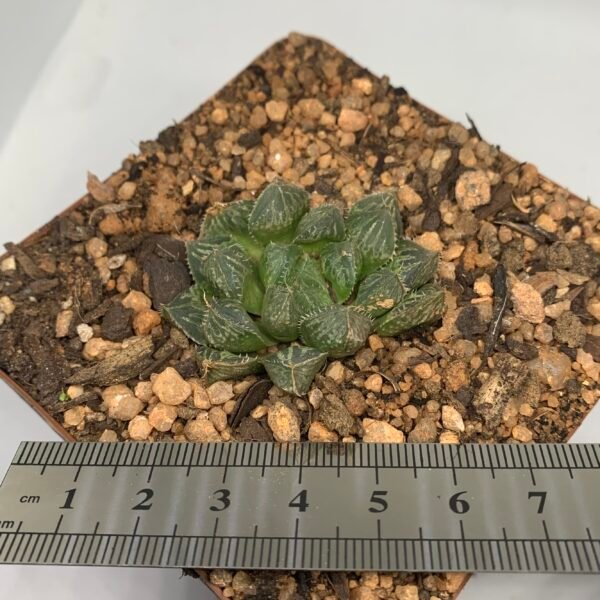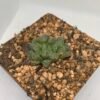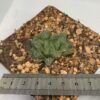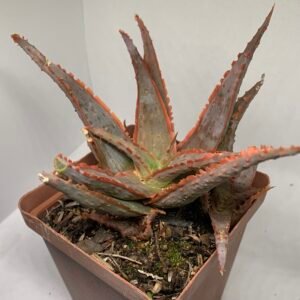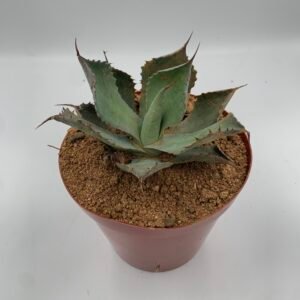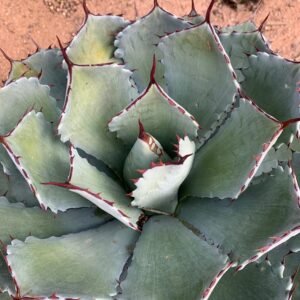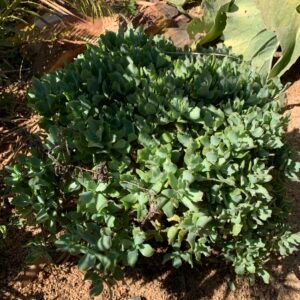Common names: Haworthia ‘Mirrorball’, Mirrorball Haworthia
Family: Asphodelaceae
Haworthia ‘Mirrorball’ is a captivating hybrid succulent admired for its luminous, translucent leaf tips that give it a glassy, reflective appearance — resembling a mirrorball. This compact, decorative variety is prized by collectors for its perfect symmetry, crystal-like texture, and ability to sparkle subtly under bright light.
Origin and Habitat
Haworthia ‘Mirrorball’ is a cultivated hybrid derived from species native to South Africa’s semi-arid regions. Its parent plants naturally grow in shaded rock crevices or beneath shrubs, protected from harsh sun and excessive moisture. The hybrid inherits this preference for bright but indirect light and well-drained soil.
Plant Description
This miniature succulent forms tight, low rosettes of thick, fleshy leaves with translucent “windows” on the tips that allow light to penetrate deep into the leaf tissue. The color ranges from pale green to grayish-green, with shimmering reflections under strong light. Mature plants may produce slender flower stalks with tiny white, star-shaped blooms. Its compact size and intricate detail make it an ideal specimen for close-up viewing or display in small containers.
Care Instructions
Light
Prefers bright, indirect light or filtered sun. Too much direct sunlight can cause leaf burn or dull its translucent quality.
Watering
Water lightly, allowing the soil to dry fully between waterings. Overwatering can cause root rot. Reduce watering during winter dormancy.
Soil
Use a gritty, fast-draining succulent mix. A blend of cactus soil, pumice, and perlite is ideal.
Temperature
Thrives in 18°C–28°C. Avoid frost and keep above 10°C for best growth.
Additional Information
Haworthia ‘Mirrorball’ is a rare and collectible plant, valued for its jewel-like foliage and low-maintenance nature. It grows slowly, forms small offsets over time, and thrives indoors with minimal care. Perfect for windowsills, terrariums, or decorative planters, it brings a subtle sparkle to any succulent collection.

